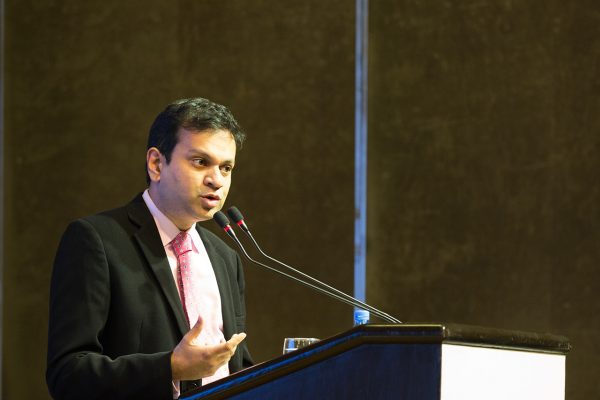World’s Indigenous Peoples Day: Celebrating diversity through stories
Reading Time: 3 minutes
Children learn best when their imagination is intrigued by what they are taught. Incorporating stories into the curriculum plays a vital role in implicitly teaching them moral lessons – which, in turn, effectively strengthen their cognitive and language competence, and literary skills.
The land of black and white parrots
Paibung was a little girl whose parents were jhum (slash and burn agriculture) farmers. One day, before going to work, Paibung’s parents asked her to look after the sesame seeds which were drying under the sun in their yard.
Suddenly, a flock of black and white parrots came and asked Paibung for some sesame seeds. Paibung told them that she could not give them any and that her parents would be really upset if she did.
“If your parents scold you,” said the parrots, “You can come to us to the land of black and white parrots.” The chatty parrots ate all the sesame seeds and left.
Paibung’s parents were very upset when they came home. So she set off on a journey to the land of black and white parrots.

The parrots welcomed her when she reached, and asked her, “do you want to climb up our house through the golden stairs or the bamboo stairs?”
“I have never stepped on golden stairs,” she replied, “I will use the bamboo stairs.”
The parrots realised that Paibung was honest and kind. They gave her their golden mattress to sit on, and their golden plate which had delicious food on it for Paibung to eat. They also gifted her a box. Paibung was surprised to find that the box was filled with treasure. She was rewarded for being unselfish and generous.
The Marma folktale transports us to a small village on the quiet hills of the Chittagong Hill Tracts – home to our indigenous communities. This story has been captured in a textbook which is taught – besides other reading materials – in BRAC Education Programme’s schools that provide education for ethnic children (EEC).
Classrooms that celebrate diversity
In 2001, BRAC established EEC schools to provide educational support to ethnic children. In each classroom, there is an assistant teacher from the children’s respective ethnic community along with the teacher. The assistant teacher first narrates these stories in the children’s own language, and then the teacher takes over and teaches in Bangla. Through these stories, the children not only implicitly learn about their community, culture and linguistic heritage but also explicitly learn moral lessons, and improve their vocabulary in both Bangla and their own mother-tongue.
Multilingual education
In 2008, BRAC’s education programme (BEP) initiated multilingual education (MLE) to transform its non-formal teaching model to meet the needs of ethnic children. In our multilingual schools, children are taught stories written in the script of their own languages. So far, BEP has developed various MLE textbooks and supplementary reading materials in Chakma from pre-primary to Class Five, and Marma from pre-primary to Class Three. Throughout their school years, the children slowly transition into the mainstream mode of instruction – Bangla.
When children are exposed to and taught in their own mother-tongue in schools, they can easily transition into and acquire the mainstream instructions.
Research shows that children in such schools had notably improved language and literacy skills compared to those who attended schooling in Bangla. They were more eager about learning, and their dropout rates reduced significantly.
The driving force for our EEC schools is aligned with one of the pledges of the Sustainable Development Goals (SDGs) which is ‘leaving no one behind’. Currently more than 27,000 ethnic children are studying in our schools, and over 200,000 have graduated since 2001.
Special thanks to Limia Dewan, Diploma Bonowary, and Swapan Chakma of BRAC Education Programme for their constant guidance and support.
Rifat Islam Esha is the deputy manager at the leadership communication and employee engagement unit of BRAC Communications.





